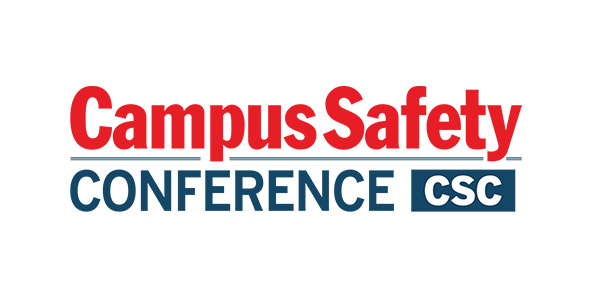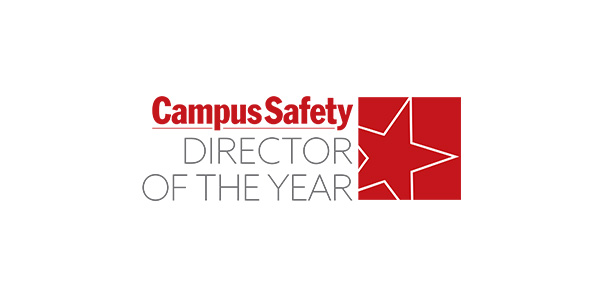A new analysis conducted by researchers at Washington State University highlights a significant increase in the rate of young women attending college — particularly those residing on campus — identifying that they have faced sexual violence. The study, which scrutinized national crime data from 2015 to 2022, indicates a 74% higher risk of sexual violence for college-enrolled women aged 18 to 24, compared to their non-college counterparts.
This marks a stark departure from previous years, where the risk was relatively similar between both groups.
Women Living on Campus at Increased Risk for Sexual Violence
The data shows that women living on campus are at an even higher risk, experiencing sexual violence at a rate three times greater than that of commuter students. This is a dramatic shift from the period between 2007 and 2014, during which the risk levels were almost identical for both college and non-college women.
Related Article: Why the List of ‘10 Most Dangerous College Campuses’ Is Dangerous and Misleading
Historically, studies had pointed to non-college women as being more vulnerable, but this trend appears to have reversed in recent years.
The study reveals that during each six-month period from 2015 to 2022, approximately 1 in 100 women living on campus reported an instance of sexual violence. This alarming statistic underscores the gravity of the issue and the urgent need for effective intervention and prevention strategies.
The Role of Awareness Programs in Identifying Sexual Assault
Several social forces have potentially influenced these findings. Notably, the campus anti-rape movement, which gained momentum leading to the establishment of a federal task force in 2014, has played a crucial role in raising awareness. The #MeToo movement further amplified attention to the pervasive nature of sexual abuse, while the rise of a misogynistic online “manosphere” has fueled toxic attitudes towards women.
Daniel Carter, president of Safety Advisors for Educational Campuses, LLC, provides further insight, suggesting that the Clery Act, which mandated sexual misconduct programming in 2014, has contributed to college women being better equipped to identify instances of sexual assault than those who do not go to college.
Related Article: Gettysburg College Assault Case Comes to a Close 12 Years Later
Carter argues that the apparent inversion of risk is more likely due to increased self-identification of victimization rather than an actual shift in risk.
“The data indicates that after the [sexual misconduct] programming requirement was in place, students were far better equipped to self-identify rape and sexual assault,” Carter notes.
He emphasizes that the Clery Act’s programming has significantly impacted students’ ability to recognize and report sexual violence, aligning with the Violence Against Women Act (VAWA) requirements aimed at increasing awareness.
“Increasing this awareness is an express intent of the VAWA requirements, and this study strongly suggests that it has succeeded,” Carter told Campus Safety. “The capacity of the student community itself to identify rape and other sexual assault is an essential first step in combatting it. And it looks like that lesson has significantly taken hold.”
The study’s authors, however, do not believe the increase in college women experiencing sexual misconduct is the result of increased recognition because the proportion of rape and violent assault remained the same.
“ Also, if the greater awareness were leading to increased recognition, the researchers said they would have expected to see an effect on the non-college population as well,” reports the WSU Insider
Related Article: Campus Sexual Assault: How Sewanee Reduced Sexual Violence Against BIPOC
The findings of this study highlight a critical need for ongoing efforts to combat sexual violence on college campuses. Enhancing awareness and education on sexual misconduct remains essential, as does the implementation of comprehensive support systems for victims. The capacity of students to identify and report sexual violence is a pivotal step in addressing this pervasive issue.







